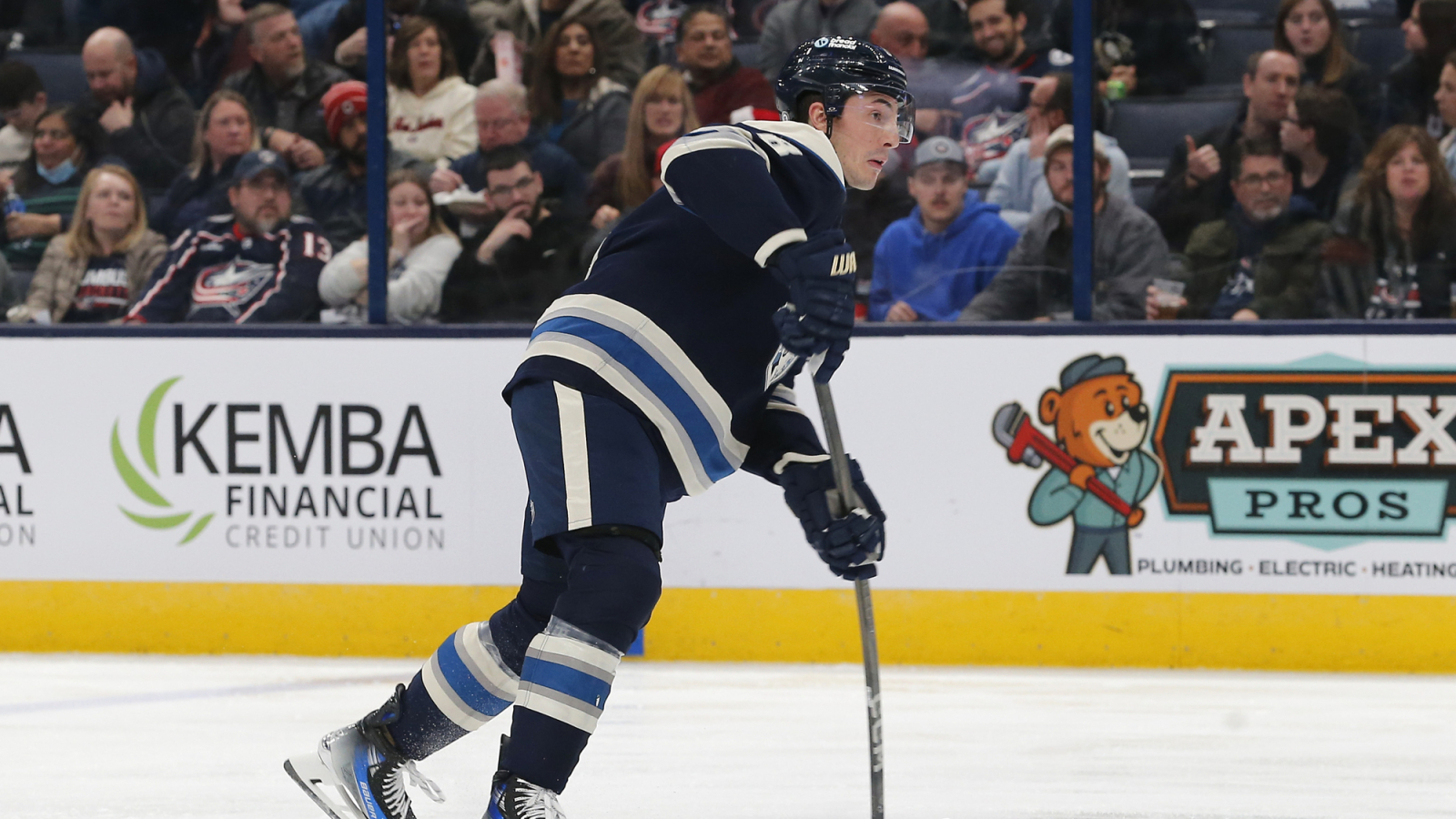Laine vs. Werenski: Hockey Culture Always Puts Team First

The recent tension between Zach Werenski and Patrik Laine highlights a core tenet of hockey culture: the team comes first.
Laines comments about being tired of losing during his Columbus Blue Jackets tenure sparked a sharp response from Werenski, illustrating the importance placed on loyalty and respect in the game.
This exchange offers a window into the unwritten rules that govern hockeys unique culture and the challenges players face when frustrations boil over.
Werenskis First Response Was to Defend His Team Zach Werenski , a cornerstone of the Blue Jackets leadership, didnt hold back when addressing Laines remarks.
Just like that, I think its unacceptable, Werenski said.
From good friends to him bashing us like thatits unfortunate.
Im not happy about it, and none of us in this room are happy about it.
I think it speaks more about him than it does about us.
Werenskis reaction reflects the deep pride and loyalty ingrained in hockey players.
In a sport where the dressing room is considered sacred, criticism that seems to breach that sanctityeven from a former teammatecan feel like a personal affront.
For Werenski, Laines comments struck at the heart of a team striving to maintain unity despite its struggles.
Laines Comments: Honest Frustration or Crossing a Line? Patrik Laine s remark about being tired of losing was likely an honest expression of his frustration during tough seasons in Columbus.
As a competitor, voicing dissatisfaction with a lack of success is natural.
However, airing such grievances publicly is a different matter.
In hockey culture, personal frustrations are typically kept behind closed doors.
Laines openness, while perhaps unintentional, clashed with the sports ethos of team-first loyalty.
His words offended former teammates and raised questions about how players should handle dissatisfaction without undermining the group.
The Medias Role in Amplifying Conflict The medias role in this exchange cannot be ignored.
Reporters often seek soundbites that spark debate, and Laines comment provided just that.
However, the fallout from such headlines can strain relationships and disrupt team dynamics.
Werenskis frustration hints at the delicate balance players must strike when speaking to the media.
Should they choose their words carefully to avoid misinterpretation, or should they feel free to express themselves honestly? This tension reflects a broader challenge within professional sports, where public perception and locker room cohesion often collide.
No wonder hockey players so often blandly say nothing.
Hockeys Unwritten Rules: Protecting the Team At the heart of hockey culture lies an unwavering commitment to the team.
Players are taught from a young age to prioritize unity and keep conflicts in-house.
Public critiques of teammates or organizations are seen as breaches of trust, going against the grain of a sport built on humility and sacrifice.
Werenskis strong response to Laines comments underscores this cultural norm.
Protecting the teams integrityeven in adversityis paramount.
While likely rooted in genuine frustration, Laines remarks challenged these unwritten rules and provoked a backlash that underscores hockeys emphasis on collective identity.
Lessons for Players and Fans The Werenski-Laine exchange reminds players how close their pressuresboth on and off the iceare to the surface.
For Laine, it highlights the importance of balancing honesty with discretion, particularly in a sport where words carry significant weight.
With Werenski, it reaffirms the value of standing up for the team because criticism feels (and is) personal.
For fans, this incident offers a glimpse into the complexities of hockey culture.
Its not just about skill and competition; its about navigating relationships, upholding traditions, and managing the ever-present scrutiny of the media.
The broader conversation is always about loyalty, respect, and team-first answers.
These values will remain central to the sport.
Hence, two former friends are likely no longer friends.
This article first appeared on NHL Trade Talk and was syndicated with permission..
This article has been shared from the original article on yardbarker, here is the link to the original article.
